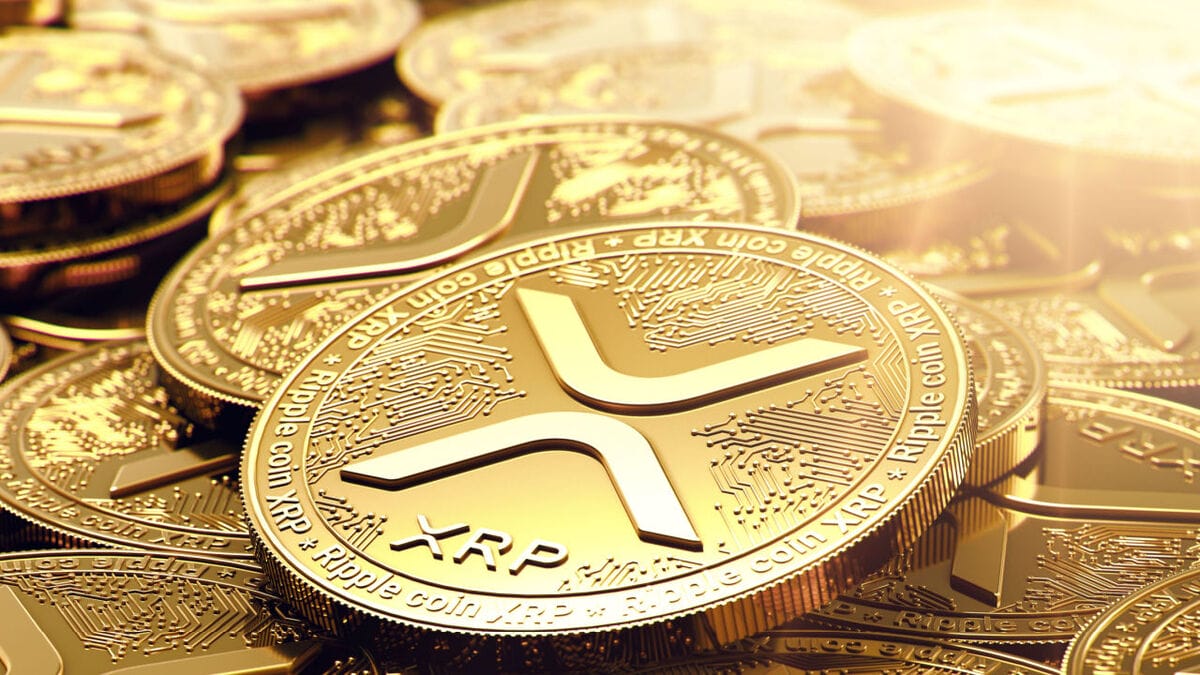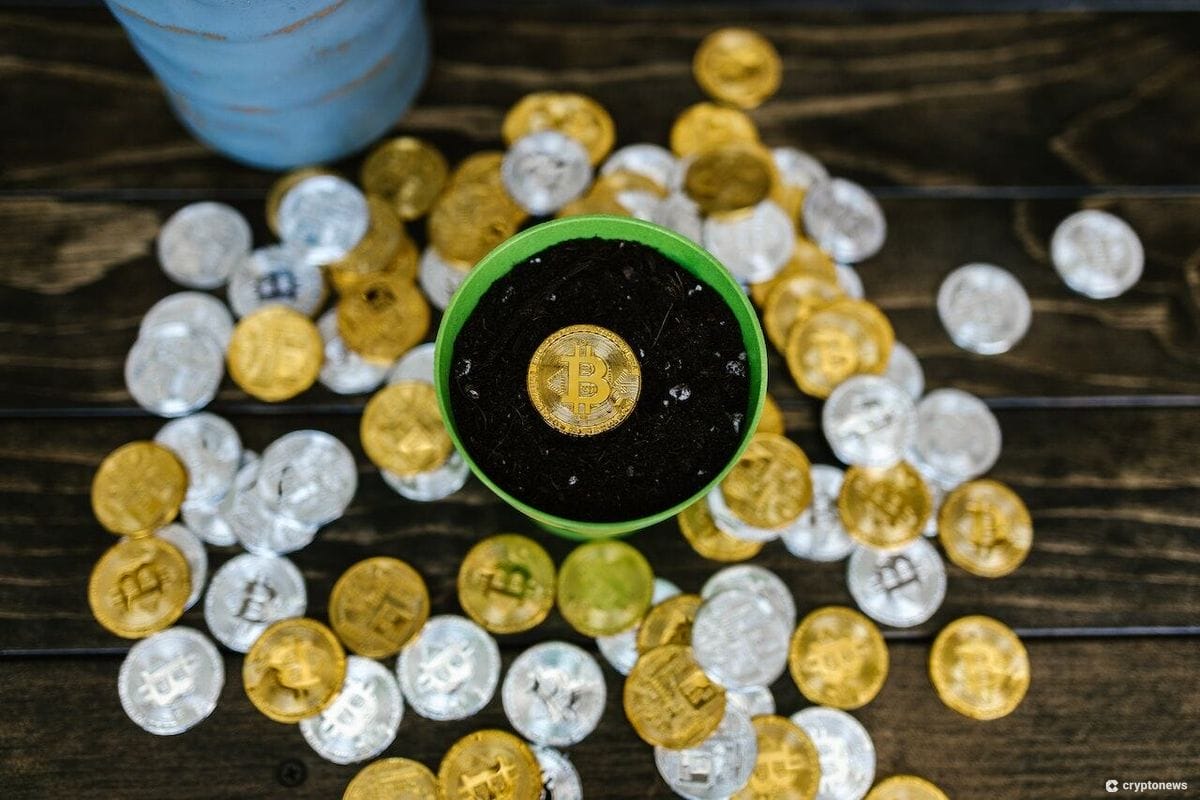World Bridge Currency (XRP) – What Does This Mean?

In the dynamic world of cryptocurrencies, one term that has gained significant traction is ‘world bridge currency’. But just what is the world bridge currency?
XRP, the native token of Ripple, has often been referred to as the world’s bridge currency. How exactly does this relate to XRP? Let’s find out.
What is a World Bridge Currency?
A world bridge currency is the term used to describe a digital or FIAT currency that serves as a medium when different nations or institutions are making financial transactions.
For example, Saudi Arabia whose national currency is the Riyal will use the U.S. Dollar when selling oil to foreign countries like China. This means that the USD is the bridge currency between the Riyal and the Yuan (China’s currency).
The purpose of a bridge currency is to facilitate seamless transactions across different ecosystems with minimum bottlenecks. It acts as a global connector, reducing the friction and inefficiencies associated with cross-border trade and finance.
Ripple is leveraging its native token XRP to play a similar role in the world of blockchain technology. XRP aims to act as an intermediary when settling payments with crypto between different currencies.
Will XRP Become The World’s Bridge Currency?
To become a widely used global bridge currency, XRP needs to be adopted by major financial institutions that want to embrace the benefits of Digital Ledger Technology. While Ripple has some competitors, XRP remains the world’s sixth-largest cryptocurrency with a market capitalization of over $30,000,000,000.
Ripple has achieved this status due to its reputation for lightning-fast speed and unrivaled security. Transactions settle in less than 5 seconds and the Ripple Network can handle 90,000 transactions per minute. Secondly, it has low fees of just 0.00001 XRP whereas cryptos like ETH charge 0.0005 per transaction.
Aside from its speed and cost-effectiveness, Ripple has two key advantages that help facilitate cross-border transactions and earn its title as the world’s bridge currency.
How Does XRP Facilitate Cross-Border Transactions?
Ripple has two distinct advantages over its nearest competitors – the RippleNet Protocol and On Demand Liquidity.
The RippleNet Protocol
RippleNet is the protocol that enables cross-border transactions within the Ripple network. This system has been designed to facilitate payments for banks and other financial institutions by limiting traditional pain points of speed and cost.
RippleNet hopes to become a global payment system by allowing institutions to utilize its decentralized platform to settle transactions.
On Demand Liquidity
To ensure lightening fast transactions, Ripple have created a unique liquidity management solution called On Demand Liquidity. As the name implies, this pool of liquid XRP is built into RippleNet and removes the need for banks to pre-fund accounts.
However, there remain some risks. By leveraging XRP for liquidity, any spikes or drops in XRP could alter the overall value of the transactions.
What are the Advantages of XRP?
Ultimately, there are several advantages to using XRP as a bridge currency.
Transaction Speed
Ripple’s biggest rival is the Society for Worldwide Interbank Financial Telecommunications. The transaction speed of XRP ranges from 3-5 seconds, whereas SWIFT payments take anywhere between 1-4 working days.
All RippleNet transactions are noted on the open-source XRPL ledger which can record up to 1,500 transactions per second.
Cost Structure
At 0.00001 XRP, the cost of transactions on the Ripple Network is considerably lower than its main competitors. In comparison, SWIFT payments usually charge 3-5% of the value of the transaction.
Efficiency
XRP’s primary efficiency is the number of transactions it can process which is 1,500 per second or 90,000 per minute. Due to its on-demand liquidity pool, transactions are settled almost instantaneously without the need for institutions to pre-fund.
Sustainability
Ripple was the first blockchain to operate a carbon-neutral policy and does not use proof-of-work or proof-of-stake mechanisms to verify transactions. Ripple aims to become net zero by 2030.
Challenges Facing XRP’s Path to Becoming a Global Bridge
Ripple has faced several challenges over the years, mainly due to regulatory battles and adoption difficulties.
Regulatory Challenges
In December 2020, Ripple was sued by the U.S. Securities and Exchange Commission (SEC) for breaching securities law. The SEC alleged that Ripple had filed an initial public offering in 2013 when it raised money for its native token XRP. As Ripple was not registered as a security, the SEC filed a lawsuit against the company.
Ripple contested the lawsuit and suggested that the regulator did not issue any warnings that XRP could be deemed a security. A federal judge agreed with this conclusion, citing in favor of the blockchain firm, which led the SEC to drop charges against the company’s leadership team. As the general case remains open, there is still some uncertainty around the status of XRP. However, a favorable ruling in the future may provide some market stability to XRP.
Adoption by Financial Institutions
To achieve its mission of being the world’s bridge currency and eventually replacing SWIFT, XRP will need to see sizeable adoption by financial institutions. Historically, adoption has been stifled as a result of regulatory uncertainty.
Despite resisting the urge to fully adopt its international payment network, Spanish lender Santander, does use some Ripple products. Santander underlined its position by stating that XRP, “was not actively traded in enough markets” to make the transition from SWIFT.
The Canadian Imperial Bank of Commerce also announced that it would be using XRP to settle its international payments. However, the concerns raised by Santander amid ongoing regulatory uncertainty ensure that top-tier banks remain hesitant before opting to process payments using the XRP world bridge currency.
Is XRP a Good Investment?
As with any investment, the question of XRP’s potential hinges on numerous factors. Firstly, the long-winded regulatory battles with the SEC have not yet concluded despite two major successes in the case so far. The SEC has recently asked for an extension to the deadline needed to file remedies in the case, with Ripple requesting time to counter.
Once the lawsuit has closed there could be a surge in the price of XRP which, at the time of writing, is down over 80% from its previous record high. Additionally, such legal clarity could also lead to top-tier financial institutions adopting XRP for international and cross-border transactions thereby further lifting its value.
Now could be a good time to invest in XRP as it still has upside potential. However, as XRP is one of the larger cryptos in the market, you could consider other trending cryptos to buy in 2024.
Conclusion
XRP’s journey toward the world’s bridge currency is marked by both promises and challenges. Its unique features, such as transaction speed and efficiency, position it as a frontrunner in the global digital currency landscape. However, overcoming regulatory hurdles and securing widespread adoption is imperative for XRP to realize its full potential.
At present, XRP is trading at $0.6451 which is substantially lower than its all-time high of $3.84 recorded in January 2018. With the regulatory battle nearing an end, any future rulings in XRP’s favor could see strong rallies in its favor and build the chances of becoming the world’s bridge currency.
FAQs
What is a world bridge currency?
A world bridge currency serves as a medium of exchange for international payments, reducing friction in cross-border trade.
Is XRP a global currency?
XRP is often discussed as a potential world bridge currency due to its unique features and capabilities, in particular its speed and low cost.
How high can XRP realistically go?
Price estimates are notoriously hard to predict. However, as the price of XRP came close to $4 in the past, it has every chance of heading back toward this level, providing it overcomes current challenges.
What is the future of XRP?
The future of XRP hinges on regulatory acceptance, adoption by financial institutions, and its ability to overcome any other challenges. If successful, XRP could play a pivotal role in shaping the future of cross-border transactions.
Did XRP get sued by the SEC?
In December 2020 the U.S. Securities and Exchange Commission (SEC) alleged that XRP was sold as an unregistered security by parent company, Ripple Labs. While presiding judge Analisa Torres ruled in Ripples favour, an appeal by the SEC ensures there remains some uncertainty around the legal status of XRP.
References
- Everything to know about SWIFT (CNBC)
- What you need to know about Ripple vs SEC (Bloomberg)
- Ripple surges after Judge agrees it is not a security (CNBC)
- Canadian Banks decides to use Ripple (Yahoo Finance)
- XRP leads crypto gainers with 78% surge (Reuters)


 Connor Brooke
Connor Brooke 

 Nick Pappas
Nick Pappas 